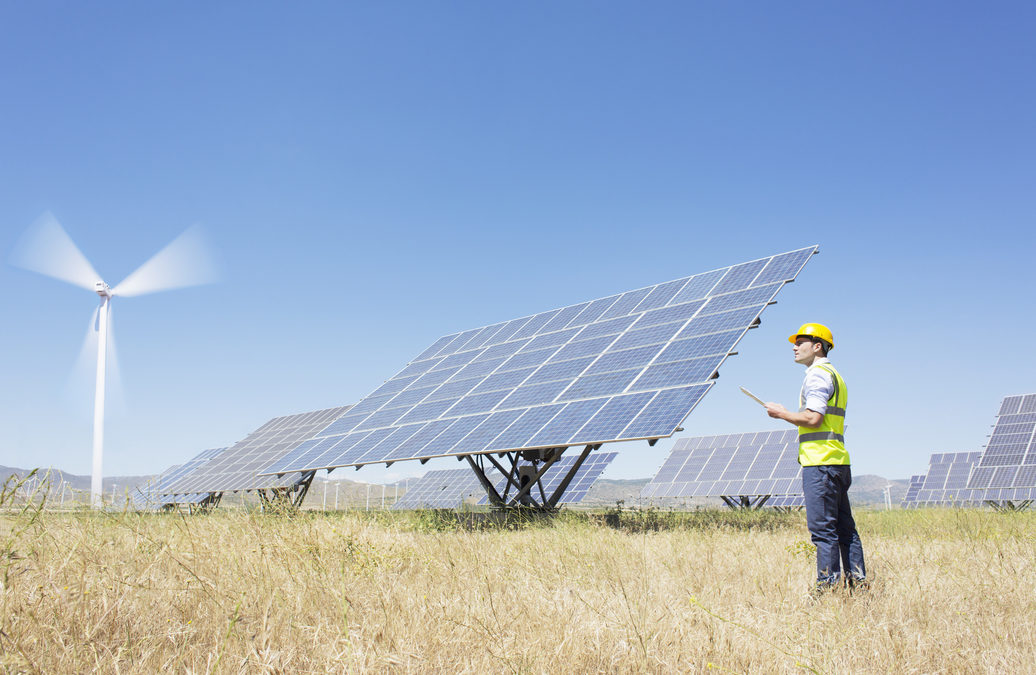By Nicolette Santos, Communications Associate, and Claire Dougherty, Research Analyst
A month into his presidency and President Biden has already signed a flurry of Executive Orders. While early executive decisions are not uncommon for a new president, Biden’s actions sent strong signals to the country as to what his Administration’s priorities are going to be for the next four years: getting control of a still unwieldy global pandemic, facilitating economic recovery, addressing the country’s racial divide, and tackling the climate crisis.
The first president to get elected with climate change as a core pillar of his campaign, President Biden adopted multiple Executive Orders aimed at re-positioning the United States to once again become a global climate leader. They include:
- Executive Order 14008: Tackling the Climate Crisis at Home and Abroad–The federal government will rejoin the Paris Agreement, take a government-wide approach to the climate crisis, use it’s full buying power to promote zero-emission electricity and vehicle industries, eliminate fossil fuel subsidies, and pause new drilling leases on federal lands.
- Executive Order 14007: President’s Council of Advisors on Science and Technology– The PCAST will advise the President on policy and public information on matters related to science and technology, including energy and the environment.
- Executive Order 13990: Protecting Public Health and the Environment and Restoring Science to Tackle the Climate Crisis– Federal agencies are now required to take action against all federal regulations that conflict with the new administration’s climate objectives and must disclose the costs of agency emissions. The Order also revokes the Keystone XL pipeline permit.
This is a bold and impressive start, and we applaud the Biden administration’s strong stance towards climate action. However, we must remember that as exciting as these Executive Orders are, our work is far from over. We need Congress to continue this momentum to promote and pass climate policies. We need to make steps on the ground to transform these words into action. We need collaboration to bring a decarbonized economy to life.
Here at DGA, we are committed to harnessing relationships between the government, companies, and organizations to catalyze a low-carbon future. We are excited to be a part of this work every day, but that also gives us a front-row view of how much more needs to be done. Here are a few places that we are paying attention to:
- Hard to Decarbonize Sectors: Over the past decade, it has been exciting to watch significant carbon reductions occur in the renewable electricity sector. Now is the time to replicate that movement in sectors that are more difficult to decarbonize, like transportation and industry. As EVs continue to expand, DGA is exploring how to make Through the Renewable Thermal Collaborative, DGA is digging in to industrial decarbonization.
- Utilizing All Available Technologies: We have been known to say decarbonization requires a ‘yes, and…’ approach when it comes to technology. Oftentimes, headlines are taken over by new or flashy technologies that are supposed to be the solution to climate change. In reality, those new technologies will play an important role, but so will technologies that have existed for decades such as combined heat and power for efficiency or gas pipeline networks that can be transitioned as carriers of low-carbon fuels. The scale and pace of the decarbonization we need is a challenge that will require ‘all-hands-on-deck.’
- Engaging All Stakeholders: No one actor or sector can do this alone. The feedback loop between businesses, government, and NGOs is virtuous and strong. Collaboration and partnerships between all three are crucial to fully understand the actions that need to be taken and to provide sufficient support towards decarbonization.
The current economic and political situation presents a unique opportunity to channel re-growth towards a decarbonized and equitable economy. Yet we are using this moment not as a time to kick up our feet and call our work complete, but as an energizing reminder that our work is far from finished and that an opportunity for action is upon us. We are excited by the climate message the Biden Administration has sent through its Executive Orders and for what the next four years has in store for climate action. So enough of this talk. We’ve got work to do.
